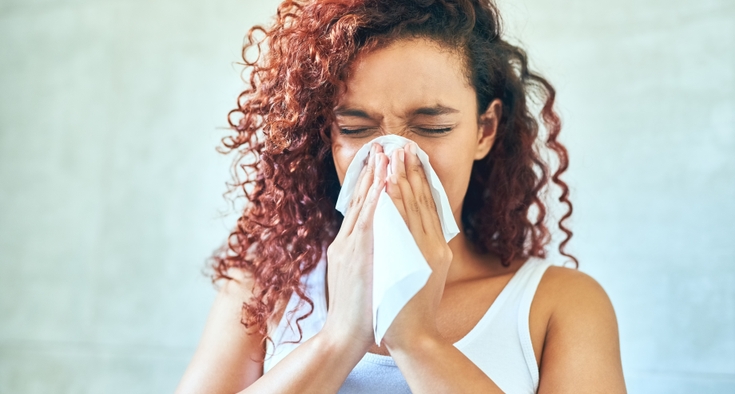With the beginning of fall each year also comes the beginning of flu season. To prepare, the CDC recommends a flu vaccine for everyone 6 months of age and older.
To help you protect yourself, your loved ones and your community, here are physician-recommended tips for how we can best prepare for flu season.
5 steps to prepare for flu season
1. Get your flu shot.
Getting the yearly flu vaccine is the best way to protect against flu. It can reduce the risk of illness, the rates of hospitalizations and flu-related deaths. A flu shot may make your arm sore for a few days, but rest assured: the vaccine will not give you the flu because it is made from inactivated influenza viruses.
The flu shot is effective for about six months, so getting vaccinated in October will ensure you’re protected until flu season ends. The shot is especially important for certain at-risk groups, including pregnant women, the elderly and people from communities in need.
How to get your flu vaccine
Current Novant Health patients: schedule your shot with your primary care provider here.
Don’t have a primary care provider? Visit one of our walk-in clinics.
2. Stock your medicine cabinet …
It’s good to be prepared in case you or a family member come down with a flu or other virus, and your medicine cabinet is a great place to start. Discard old, expired medicines, and create a list of items to replace or replenish, including:
- Fever and pain relievers (acetaminophen and ibuprofen)
- A thermometer and extra batteries
- Cough suppressant (dextromethorphan/DM)
- Cough expectorant (guaifenesin)
- Throat lozenges
- Hand sanitizer and tissues
- COVID tests or combination flu/COVID tests
You might also want to consider elderberry extract. Taken early when you become sick, it may help shorten the severity and duration of your illness. And, if you or a family member are at higher risk of severe illness, you may want a pulse oximeter to monitor blood oxygen levels.
3. … and your pantry, too.
Stock your pantry with shelf-stable comfort foods and snacks. Think oatmeal or cream of wheat. Peanut butter offers protein and healthy fats, as does canned tuna. Plain Saltines are an age-old soother for an upset stomach.
It’s easy to become dehydrated when you have the flu. So keep plenty of herbal teas, clear broths, 100% fruit juices and some good old-fashioned chicken soup on hand. Pedialyte and other electrolyte drinks are helpful. And, to soothe sore throats, keep a box of frozen-fruit bars in your freezer.
4. Make a sick-day game plan.
If you work outside the home, see how many sick days you have accrued or if you need to plan ahead for unpaid time off. And if working from home when illness strikes is not possible, line up friends and family to help, or look for sick-child day care programs in your area. One more reason to get the flu shot: reduce your chances of staying home sick and losing work pay.
It’s also important to stay home while recovering to protect yourself and others. When can you safely return to work? At least 24 hours after your fever is gone or, if fever is not among your symptoms, at least four to five days after symptoms begin.
Plan on picking up some puzzles, DVDs and coloring books for kids who are sick and bored at home. And don’t forget to treat yourself — a few magazines, a new novel or scented bath salts can brighten a sick day.
5. Prioritize health year-round.
You’ve heard it before: Healthy habits really pay off during cold and flu season.
A healthy diet of lean protein, fresh produce and whole grains can help support your health. Physical activity and stress-reduction techniques are key, as is getting a good night’s sleep. “Pushing through” and allowing yourself to get run down can weaken your immune system, so adequate sleep should always be a priority, but it becomes even more important when you are feeling under the weather.
You may also want to talk to your physician about supplements and natural remedies that promote a balanced immune system, such vitamin D.









